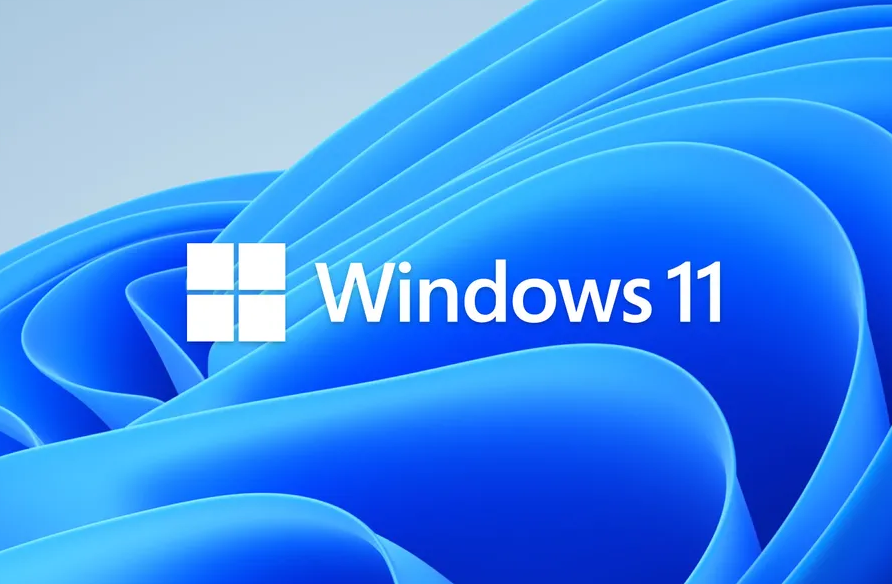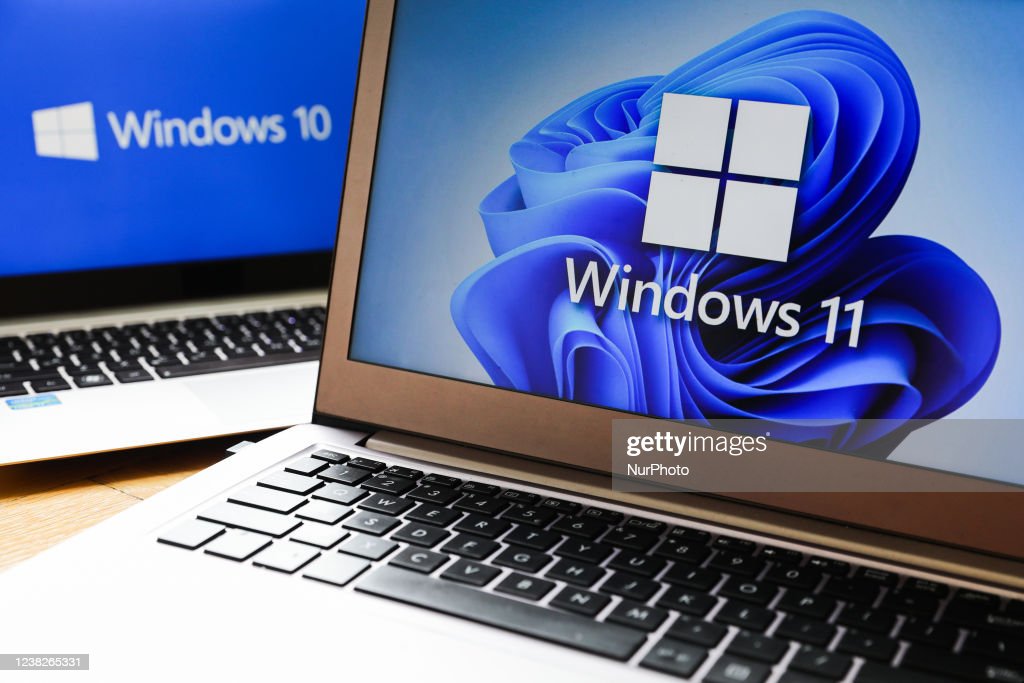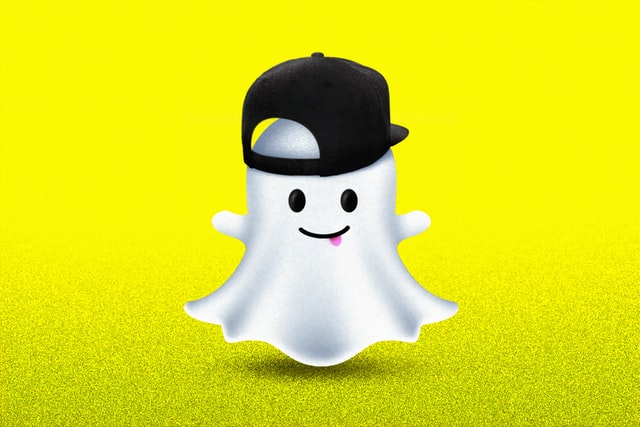Are you tired of your taskbar icons being grouped together on Windows 11 and Windows 10? Do you want to see individual icons for each app instance on your taskbar? We’ve got you covered! In this comprehensive guide, we’ll walk you through the process of ungrouping taskbar icons on both Windows 11 and Windows 10. Whether you’re a tech enthusiast or a casual user, our step-by-step instructions will help you customize your taskbar and enhance your Windows experience. Let’s get started!
Taskbar Icon Grouping
By default, when you install Windows 11 or Windows 10, the taskbar icons are grouped together. This means that multiple instances of the same application are combined into a single icon on the taskbar. While this can be convenient for organizing your apps, it may not suit everyone’s preferences. Some users prefer to see individual icons for each app instance, allowing for easier access and management. Fortunately, Windows provides an option to ungroup taskbar icons and display them individually.
Checking Your Windows Version
Before we dive into the process of ungrouping taskbar icons, it’s important to ensure that you have the latest version of Windows installed. The option to ungroup taskbar icons may not be available in older versions of Windows. To check your Windows version and update if necessary, follow these steps:
- Press the
Windows Key + Ito open the Windows Settings app. - Click on the “System” category.
- Select “About” from the left sidebar.
- Scroll down to the “Windows specifications” section.
- Check the “Edition” and “Version” to determine your Windows version.
- If you’re not running the latest version, go to the “Windows Update” section in the Windows Settings app and click on “Check for Updates” to download and install the latest updates.
Ungrouping Taskbar Icons on Windows 11
If you’re using Windows 11, follow these steps to ungroup taskbar icons:
- Right-click on the taskbar to open the taskbar context menu.
- Select “Taskbar Settings” from the menu.
- In the Taskbar settings window, click on the “Taskbar behaviors” option.
- Scroll down to the “Combine taskbar buttons and hide labels” section.
- Click on the dropdown menu and select “Never”.
- Once you’ve made this selection, Windows will ungroup any grouped icons on your taskbar, and you’ll see individual icons for each app instance.
If you want to revert to the default option of grouping taskbar icons, simply go back to the “Taskbar behaviors” section and select “Always” from the dropdown menu. You can also choose the “When Taskbar is Full” option if you prefer the icons to be grouped only when the taskbar is full.
Ungrouping Taskbar Icons on Windows 10
For Windows 10 users, the process of ungrouping taskbar icons is slightly different. Here’s how you can do it:
- Right-click on the taskbar to open the taskbar context menu.
- Select “Taskbar settings” from the menu.
- In the Taskbar settings window, scroll down to the “Combine taskbar buttons” section.
- Click on the dropdown menu and select “Never”.
- Once you’ve made this selection, Windows will ungroup any grouped icons on your taskbar, and you’ll see individual icons for each app instance.
To revert to the default option of grouping taskbar icons on Windows 10, simply go back to the “Combine taskbar buttons” section and select “Always, hide labels” from the dropdown menu. You can also choose the “When taskbar is full” option if you prefer the icons to be grouped only when the taskbar is full.
Third-Party Apps for Ungrouping Taskbar Icons
If you’re unable to ungroup taskbar icons using the built-in options in Windows 11 or Windows 10, there are third-party apps available that can help you achieve the desired result. One such app is StartAllBack, which not only allows you to ungroup taskbar icons but also offers additional features to customize your Windows experience. Here’s how you can use StartAllBack:
- Visit the StartAllBack website and download the app.
- Open the downloaded file to start the installation process.
- Follow the on-screen instructions to complete the installation.
- Once installed, StartAllBack will automatically make changes to your taskbar, including ungrouping the icons.
- You can further customize your taskbar appearance by right-clicking on the Start button and selecting “Properties” to access the StartAllBack settings.
Keep in mind that while StartAllBack offers a free evaluation mode, you’ll need to purchase a license for $4.99 to continue using it beyond the evaluation period.
Conclusion
Customizing your taskbar icons by ungrouping them can greatly enhance your Windows experience. Whether you’re using Windows 11 or Windows 10, we’ve provided you with step-by-step instructions to ungroup taskbar icons and display them individually. Remember to check your Windows version and update if necessary to access the ungrouping option. If the built-in options don’t work for you, consider using third-party apps like StartAllBack. With these tips, you’ll have a personalized taskbar that suits your workflow and preferences. Enjoy exploring your ungrouped taskbar icons on Windows 11 and Windows 10!
Additional Information: Windows updates often introduce new features and improvements, so it’s essential to keep your operating system up to date. Regularly check for updates to ensure you have access to the latest options and enhancements.
Experiencing difficulties with your Device, check out our “How To” page on how to resolve some of these issues.







